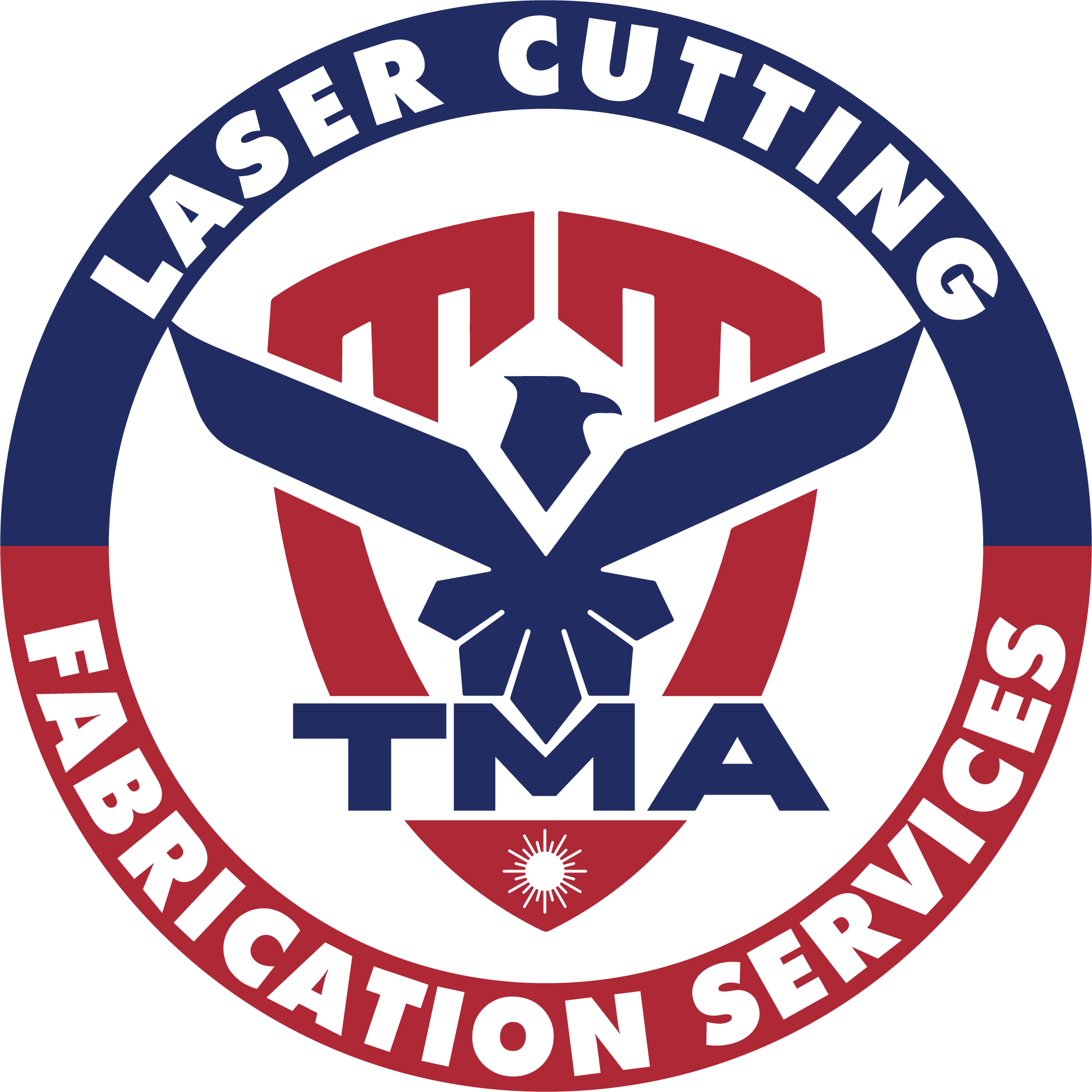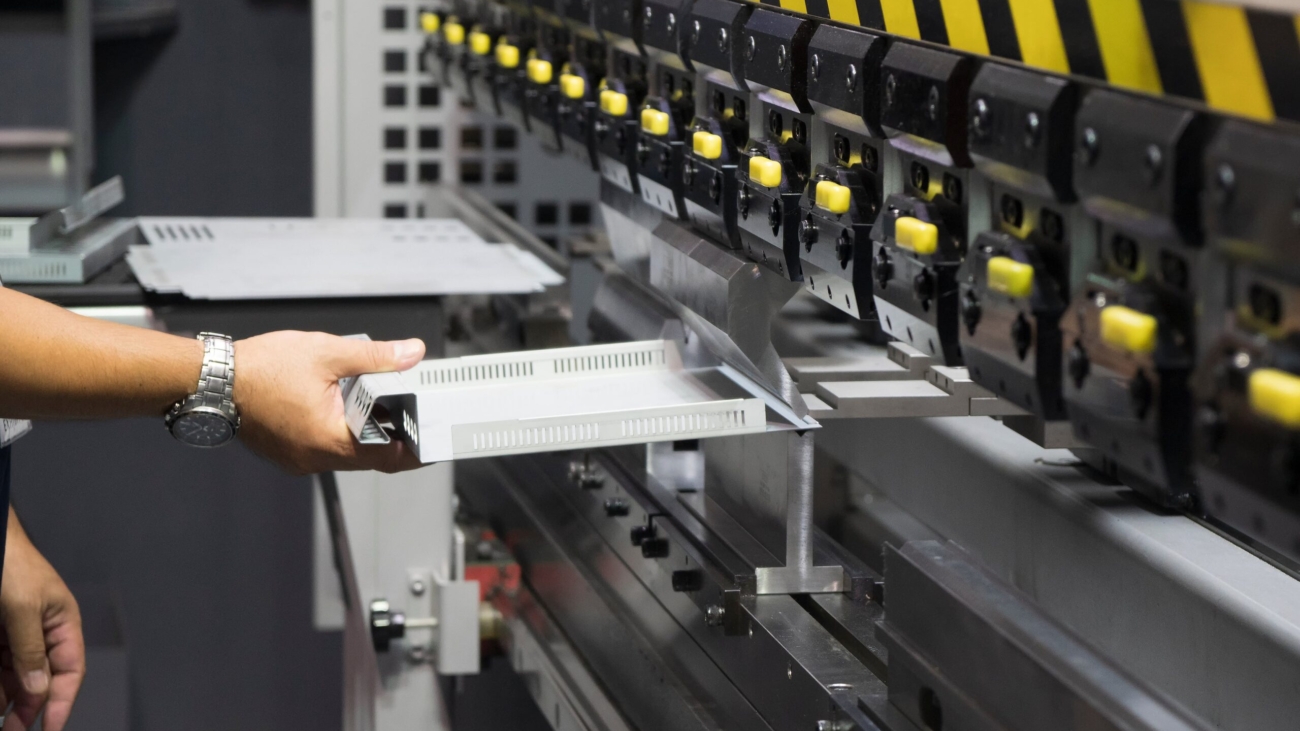Laser cutting has become a cornerstone technology in the realm of sheet metal fabrication, offering an array of advantages that elevate the quality, precision, and efficiency of the manufacturing process. Here are ten key benefits that make laser cutting an indispensable choice:
- Unmatched Precision and Accuracy
Laser cutting technology is renowned for its exceptional precision. Utilizing focused laser beams guided by computer software, it can create intricate shapes and designs with incredible accuracy, ensuring consistency and exactness across multiple pieces. - Versatile Material Handling
From stainless steel and aluminum to copper and alloys, laser cutting is versatile in handling a wide range of materials and thicknesses. This flexibility enables manufacturers to cater to diverse industry needs without compromising quality or efficiency. - Enhanced Speed and Efficiency
Laser cutting offers high-speed processing, significantly reducing production times. Its non-contact method eliminates the need for tool changes, reducing setup time and enhancing overall manufacturing efficiency. - Minimal Material Waste
The precise nature of laser cutting minimizes material wastage. Its accuracy allows for efficient nesting of parts, optimizing material usage and reducing costs by minimizing scrap. - Intricate Designs and Complex Cuts
The ability of lasers to make intricate cuts and designs is unparalleled. From sharp corners to complex geometries, lasers can achieve cuts that may not be possible with traditional methods. - Reduced Heat-Affected Zones
Compared to other cutting methods, laser cutting produces minimal heat-affected zones. This reduces the risk of material distortion, warping, or damage due to excess heat, ensuring the integrity of the final product. - Customization and Prototyping
Laser cutting facilitates rapid prototyping and customization. It allows for quick adjustments to designs, making it ideal for small-scale production runs and prototype development. - Environmentally Friendly Operations
Laser cutting is a cleaner and more sustainable process. It generates minimal waste, consumes less energy, and reduces the need for harmful chemicals often used in traditional cutting methods. - Consistency Across Production Runs
The precision and repeatability of laser cutting ensure consistency in product quality across multiple production runs, meeting stringent quality standards and specifications. - Cost-Effectiveness and Long-Term Savings
While initial investment in laser cutting technology may seem significant, its long-term benefits outweigh the costs. Reduced material wastage, increased efficiency, and minimized setup times lead to cost savings in the long run.
Conclusion
In summary, laser cutting technology in sheet metal fabrication provides a multitude of advantages, ranging from precision and versatility to efficiency and cost-effectiveness. Its ability to cater to diverse industry needs while maintaining high standards of quality makes it an invaluable asset in modern manufacturing processes.
Businesses seeking to streamline their sheet metal fabrication processes and deliver superior-quality products within shorter time frames should consider integrating laser cutting technology into their operations.

